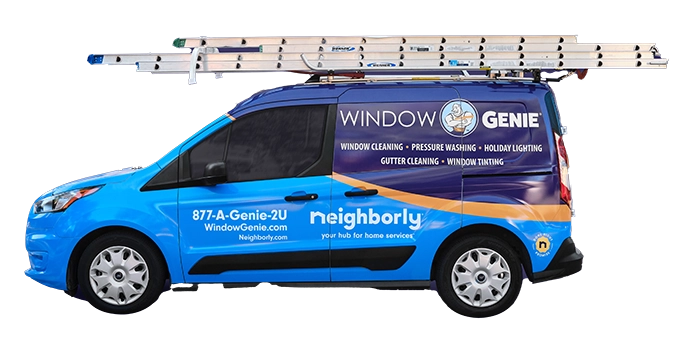
Chances are you look out your windows every day and don’t actually think about how they were designed. Windows play a huge role in your home, yet they are perhaps the least understood. Windows serve a variety of purposes. Some windows are for protection and some are just for decoration. Most windows are designed to bring the most light possible into your home and to allow for ventilation. These diverse types of windows offer something special to your home.
Double-Hung Windows
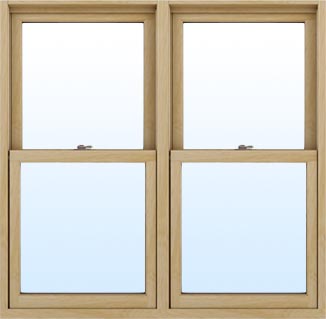
This type of window has two sashes that slide vertically in the frame. They can open wide from either the top or the bottom, but they remain inside the frame so they don’t protrude out to the exterior or interior of the house. A single-hung window will only allow the bottom part of the window to operate while the top part remains stationary. The ability to open and tilt each sash makes cleaning easier.
Casement Windows
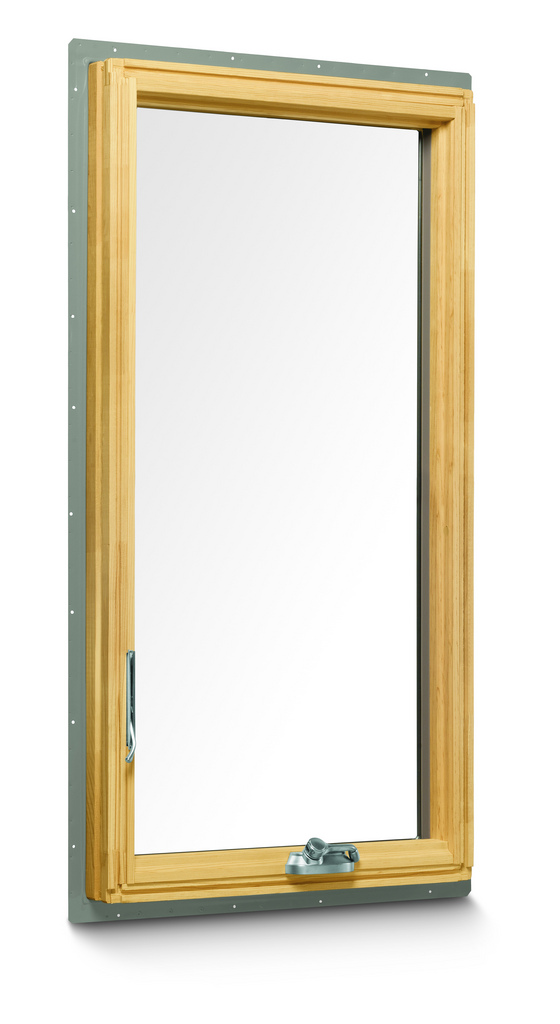
These hinged windows can be operated by a turn of a crank in an operating mechanism. They can be hinged on the left or the right to open outward. Most newer homes avoid casement windows because they are slightly impractical. The operating mechanism can break and then the window doesn’t work. Window fans or window air conditioning units more than likely won’t fit into a casement. Casements usually have lower air leakage than sliding windows because the sash presses against the frame.
Slider Windows

Gliding along a track, sliding windows have at least one operating window that slides horizontally over or past the other window. They are most often used in modern- or contemporary-style houses. Sliding windows are used in openings that are wider than they are tall. A lot of homeowners like sliders because they are easier to maintain than a casement.
Picture or Stationary Window
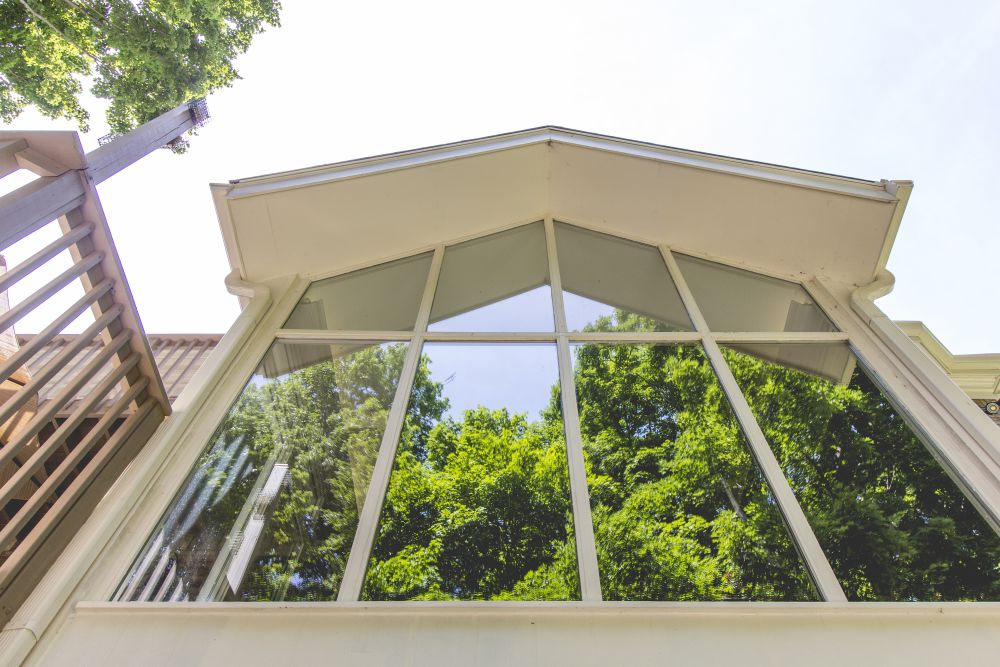
This variety is a large stationary window that lets in the maximum amount of light and views of the outdoors. Most picture windows are located in a common living space like a living room. Picture windows are extremely common because of the amount of light they allow in. Picture windows can help lower energy bills, boost curb appeal, and enhance the colors within your home.
Transom Window
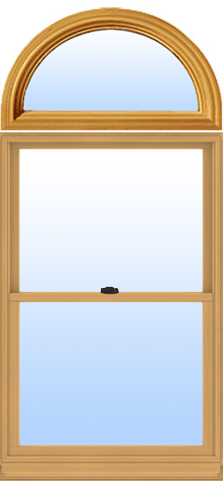
A narrow window that can be either operating to let in air or stationary and mounted above a door or window to let in more light. Transoms gained popularity after being used in spaces where an intricate shape or style door met another crosswise architectural element. Transoms are purely for decoration. They can let in extra light, but most serve no purpose.
Bay or Bow Windows
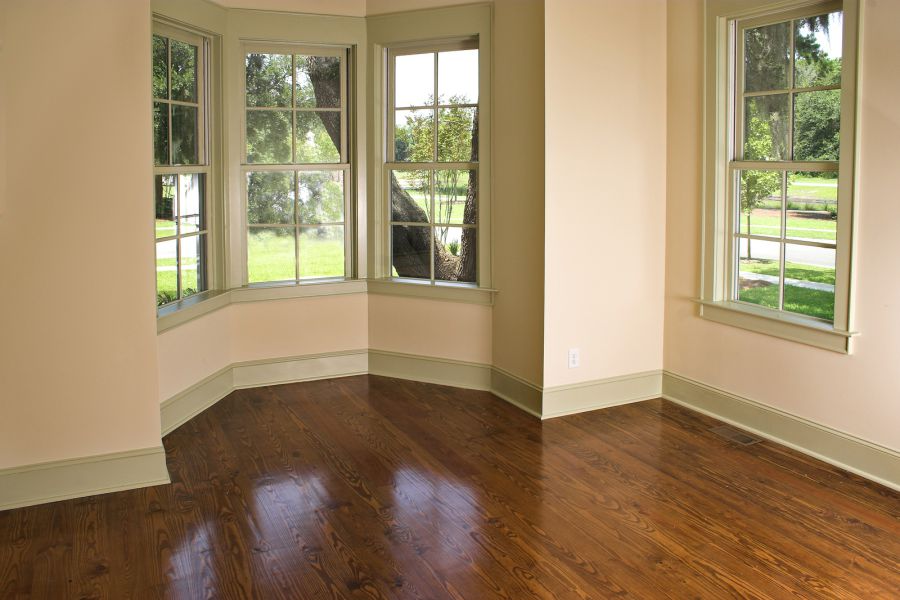
Generally, bay or bow windows give you more interior space, as they protrude out from the exterior of the siding of the house. They are a combination of windows often with a stationary window in the middle flanked by either double-hung windows or casements. Now bay and bow windows are not exactly the same thing11. Bay windows are typically a set of three windows that protrude. Bow windows are typically a set of four to six windows. Bay windows usually protrude a little further than bow windows.
Palladian Window
The Palladian window is derived from the work of exalted Renaissance architect Andrea Palladio. The Palladian design is usually a large panel embellished by an arched top and two smaller side panels. Palladian windows are most commonly associated with the 18th-century version. These windows are composed of three parts. A palladian window is a large arched center section that is flanked by two smaller or narrow sections.
True Divided-Light
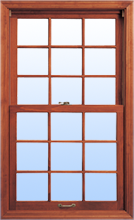
True divided-lights (TDLs) are small panes of glass separated by muntins. TDL’s are rapidly becoming a less popular. Most divided-lights are simulated. TDLs are beautiful to look at but are tough to clean and maintain. If one pane of glass breaks it can be very expensive to replace. Most divided-light windows have nine pieces of glass in a sash, three high and three wide. But there are different patterns available, and your divided-light windows don’t necessarily have to adopt this standard one.
If you’re like most homeowners, you don’t clean windows. That’s because streak free quality window cleaning is often difficult, time-consuming and dangerous to do. Using vinegar, ammonia or Windex with paper towels, a newspaper or even a baby diaper are the most common at-home window cleaning tricks. Your local Window Genie technicians are ready to do the scrubbing and cleaning for you!
